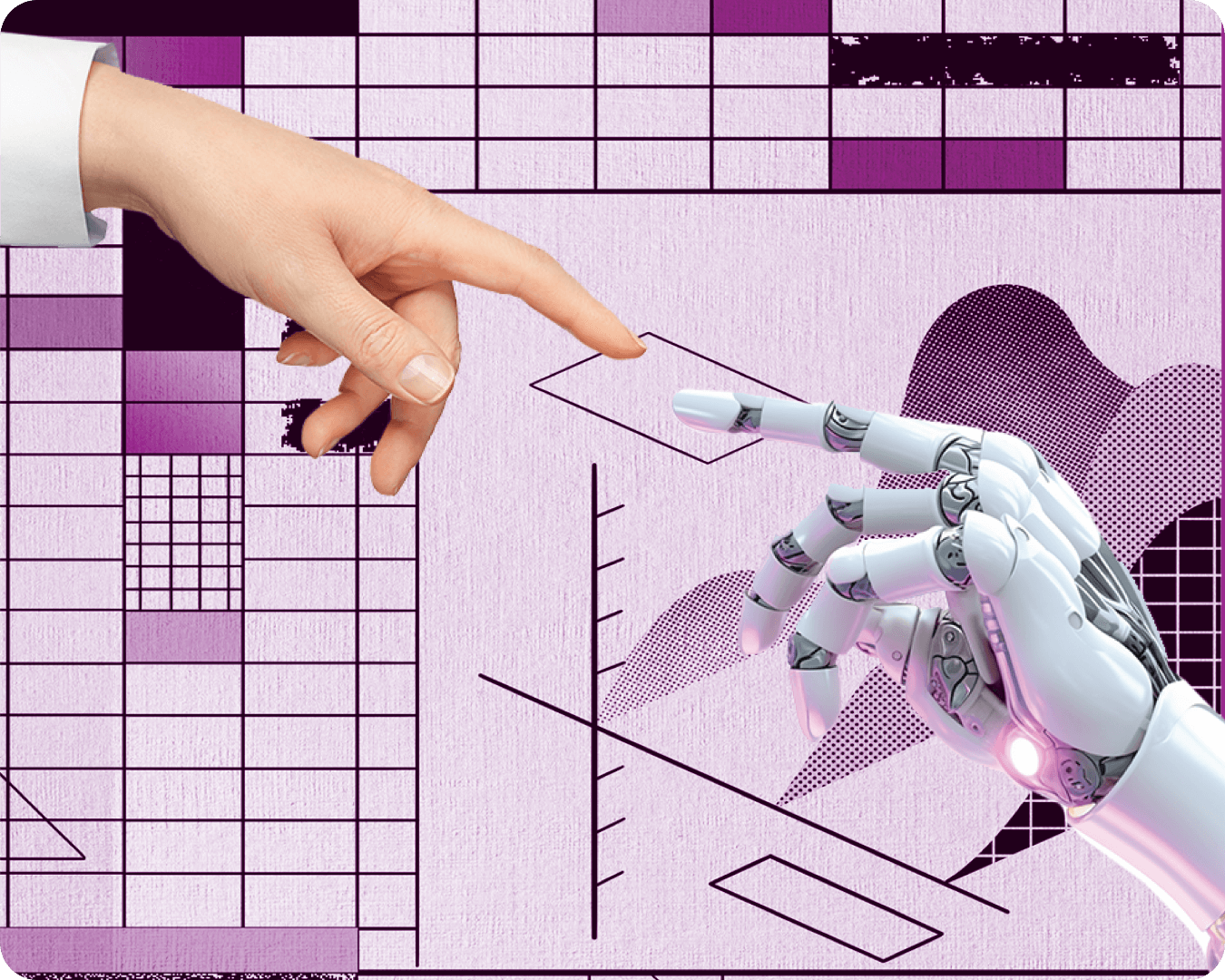The benefits of Building Information Modelling (BIM) are well-known.
From encouraging collaboration among different stakeholders through common understanding on an interoperable software to helping construction companies with cost estimation, construction sequencing, and identifying conflicts between the building and utility elements; BIM has been transformative when applied to construction projects.
Studies have found that BIM has reduced cost estimation time by 80%, and has reduced the need for changes by 40% through early detection of a problem.
Yet, despite knowing the benefits, the adoption of BIM has been slow among construction companies.
According to a survey by AutoDesk and IDC, only one in three construction companies in India has planned a digital transformation roadmap for the next 12 years.
So, what’s stopping companies from adopting BIM? One clear challenge is the sense that adopting BIM will drive tremendous changes to the way construction companies operate. Companies are apprehensive about what this means. Let’s talk about those changes and what they could do to overcome the challenges?
Changes That Companies Must Make To Adopt BIM
- Get consensus on BIM adoption
One of the primary barriers to BIM adoption is garnering support from the management and other stakeholders. Change is always difficult. Considering that BIM in India is still a new concept and requires investment in time, money, and new skills, stakeholders may be divided in their opinion about BIM adoption. There are also multiple stakeholders involved in construction, so getting everyone on the same page can be a herculean task. Different stakeholders may have numerous concerns such as who will lead the implementation, who will take the onus to re-train employees, re-design the process, etc. One key area of concern for managers and supervisors, for instance, is the higher transparency BIM will bring into project activities and progress. They may worry about being out on the spot or worry about pressure.
The only solution to seek consensus is to communicate clearly the pros and cons of implementing BIM, especially framed in the context of the relevance to helping these people achieve their specific tasks. Be prepared to answer all their questions about transitioning to BIM, so they are convinced and green light the implementation process. Communicate at an early stage to avoid any issues at a later stage.
- Hire the right people with the right skills
BIM experts should possess both managerial skills and qualities such as good communication, collaboration, leadership, etc. Additionally, they must be technologically inclined as they will need to also have knowledge of software for modeling, scheduling, planning, estimating, etc. Of course, getting skilled BIM experts can be tough. Sometimes the company might not be aware of what they can do and cannot do, due to which the roles are often not well-defined. Sometimes it is difficult to get skilled people for specific BIM software. There’s also the problem that tech talent doesn’t always consider the construction industry as an attractive work option.
Considering the dearth of skilled resources, companies might face a tough time in getting the right people. Hence, they should be prepared to change their existing hiring process to find the right people, define their roles and responsibilities clearly, and ensure that they lead the company’s transition to BIM successfully. They must be able to contribute towards building a culture of BIM and digitization in the company.
- Encourage collaboration
There are various stakeholders involved in a single construction project. Traditionally, work involves a lot of back and forth communication between different stakeholders. Manual processes are slow and susceptible to errors. They make it harder to provide oversight of critical problems due to a lack of coordination and communication. That’s where BIM changes things. For instance, BIM makes it possible to identify conflicts and errors in design at an early stage. But the next stage is to ensure there is smooth communication between the stakeholders to resolve those conflicts. To encourage collaboration using BIM, companies must sensitize their employees about the intent and value of such collaborations in the context of the larger benefit of the project.
- Initiate change management
Change is never easy. BIM is not just about using the software. Software is only one aspect of it. BIM is more about re-engineering the process to make it more digitally favourable. Construction companies have to assess their existing processes and develop strategies to implement them. They may have to research the gaps in the process, tweak the process to optimize the usage of BIM, and continuously monitor the outcome to see if the implementation is successful. Like every new technology, there will be confusion and fear about the future once BIM is implemented. Hence, the management must be transparent while communicating with the employees about the change, the effect on their existing role, and the overall benefits of using it. The best way to drive up on-site BIM adoption, for instance, is to show a carefully designed evolutionary path that allows everyone to improve their performance.
- Change the way to measure the effectiveness
Considering that a company invests a lot of time, money, and resources into BIM implementation, it must measure its outcome frequently to ensure that it is improving delivery processes as expected. Measuring the outcome will also help the company develop a roadmap for future development and sustainability. As BIM works differently, the usual way of measuring effectiveness will not work. It will become important to redefine performance metrics and tracking and monitoring mechanisms.
Typically, construction companies are labour-intensive. However, to stay ahead of the curve, companies know that they have to adopt digitization to become more efficient. BIM could be the first step towards transformation. As BIM experts, we help construction companies to take that first step towards BIM adoption and overcome the barriers listed here.















